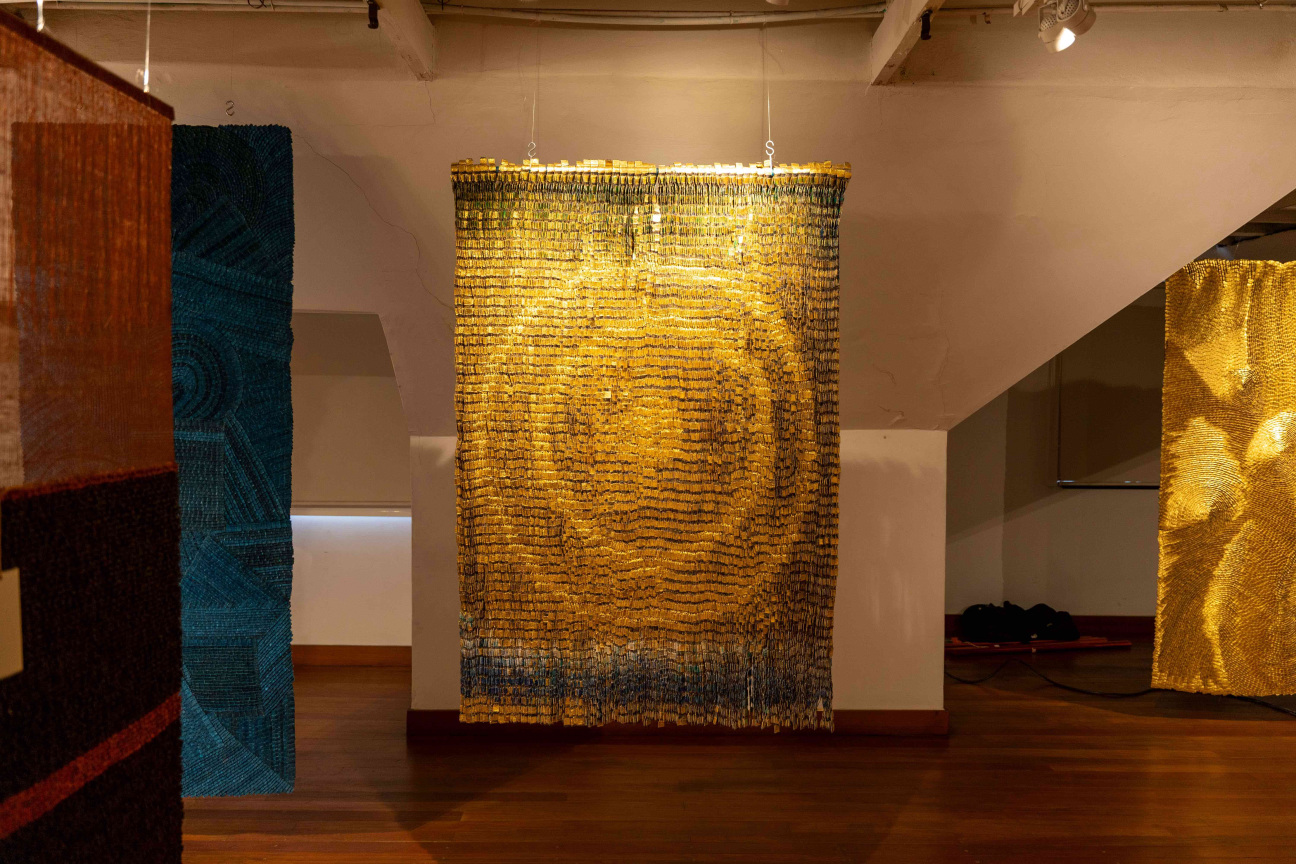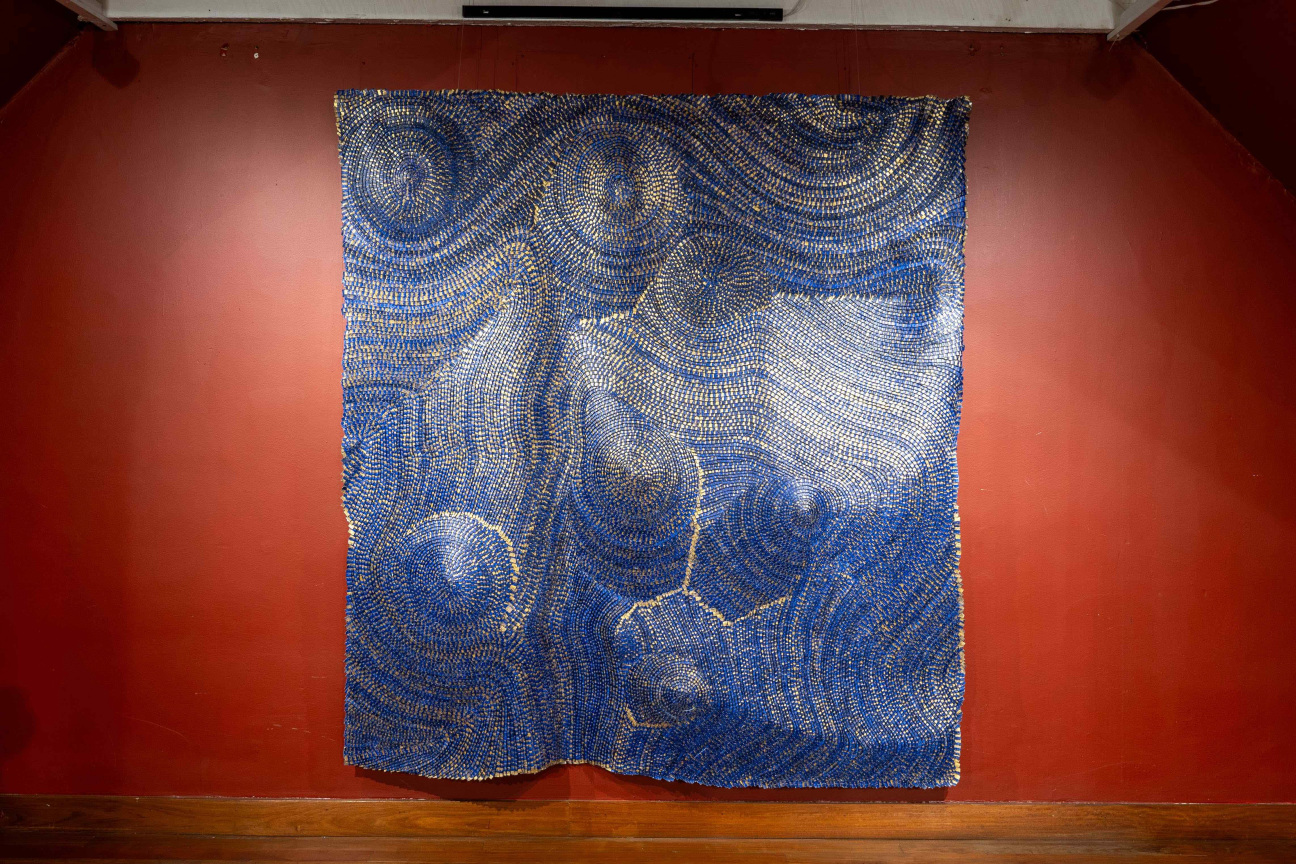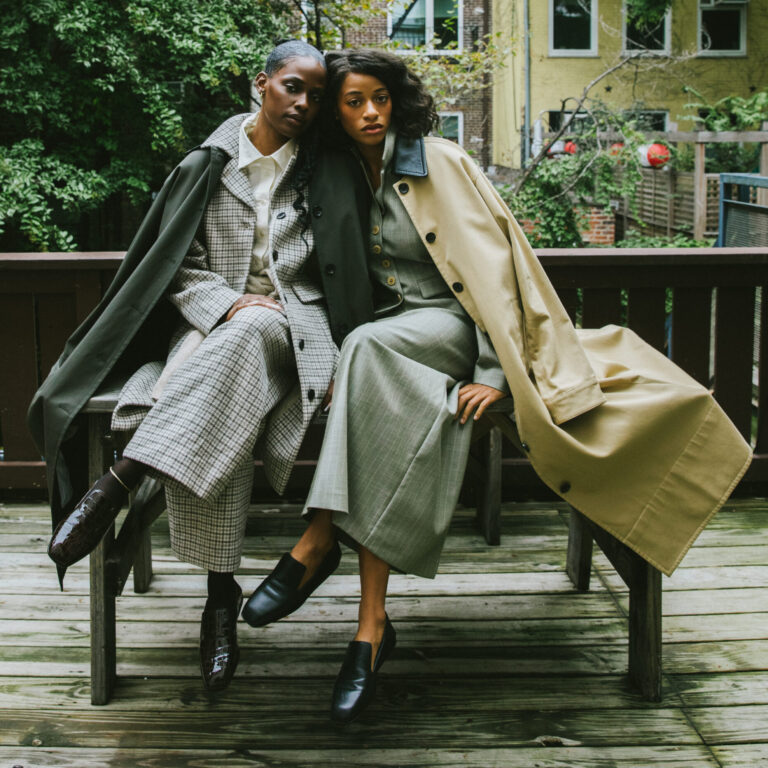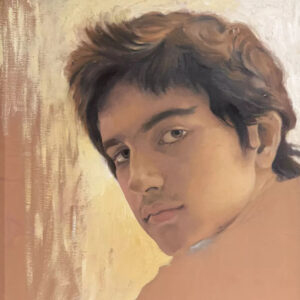
In the early 1970s, Olga de Amaral took a trip that changed her life. While visiting the United Kingdom with the World Crafts Council, the Colombian artist stopped by the studio of the ceramicist Lucie Rie. Amaral was struck by Rie’s interpretation of kintsugi, the Japanese practice of repairing broken pottery by gluing shards together with golden lacquer. In the years to come, she embraced gold leaf in her increasingly ambitious textile installations, transforming humble thread into glittering monuments.
Amaral’s ingenious approach to fiber is on full display in a retrospective at the Institute of Contemporary Art, Miami that opens May 1. The show, adapted from a well-reviewed exhibition at the Fondation Cartier pour l’Art Contemporain that opened in Paris last year, brings together more than 50 works spanning six decades. Over the course of her career, Amaral, 92, “has demonstrated the immense sculptural and abstract potential of textiles, elevating them beyond their historically decorative or purely functional associations,” says co-curator Marie Perennès.

Amaral is one of a group of artists, primarily women, who took textiles off the wall and into three-dimensional space during the 1960s and ’70s. Their innovations paved the way for a new generation of textile artists working today. Amaral’s oeuvre is distinguished not only by its use of gold leaf, but also by her favorite subject: nature. By mixing linen, horsehair, and cotton fibers with gesso and acrylic paint, she creates sculptures reminiscent of leaves piling on the floor and wet rocks shimmering in the sun. The ICA Miami show will bring together nine examples from Amaral’s recent “Brumas” series, in which shimmering threads hang from the ceiling like richly colored mists.
The exhibition design, by the Franco-Lebanese architect Lina Ghotmeh, is also inspired by the natural world: It resembles a vertical forest. On the third floor of the ICA’s sleek Design District building, viewers can take in Amaral’s organic forms—notably, from both the front and the back sides—while looking out onto the palm tree canopy below.

Although Amaral started out studying architecture, it was a textile art class at the Cranbrook Academy of Art in Michigan that set her on a new path. “I began to work with fiber by coincidence—a sought coincidence—and have continued with it because it has never disappointed me,” she once said. “As I get to know it better, the better it knows me. In briefer words, it has never stopped arousing my curiosity.”










 in your life?
in your life?

